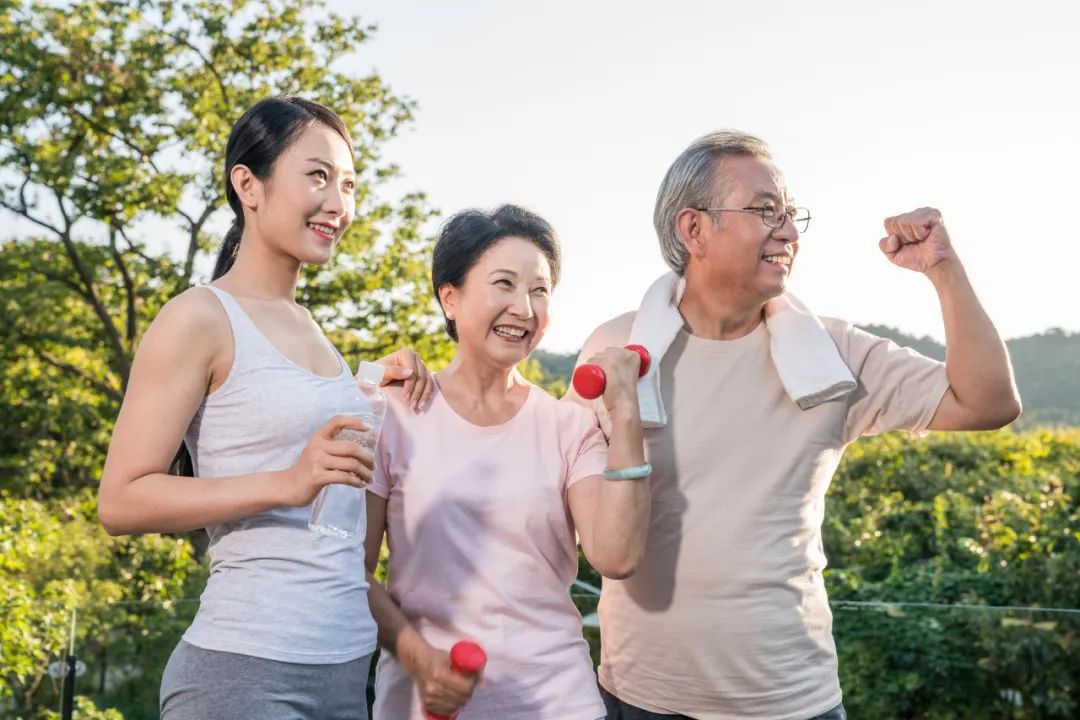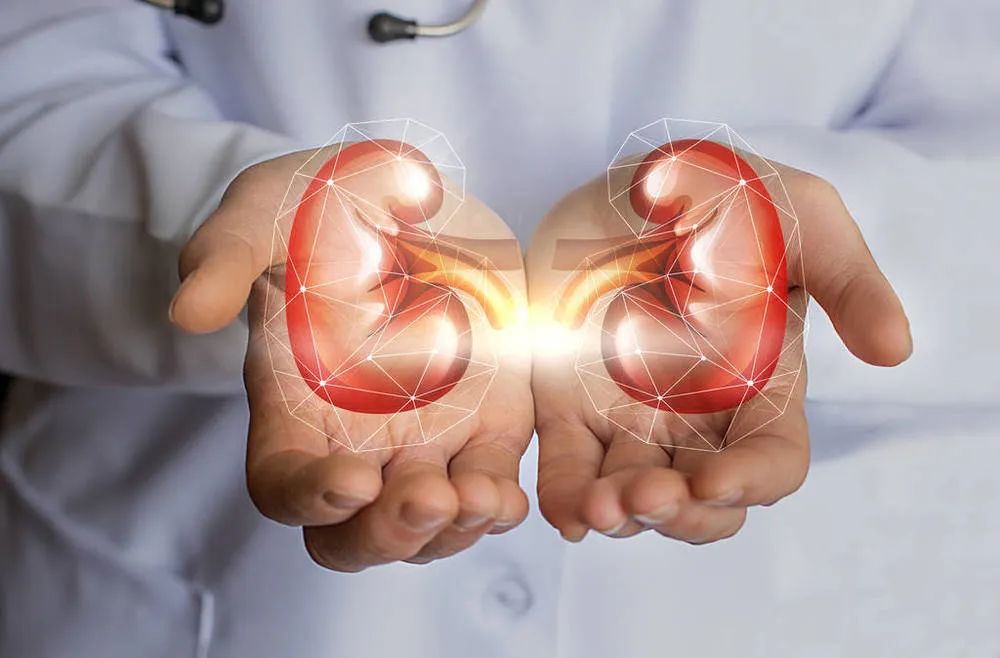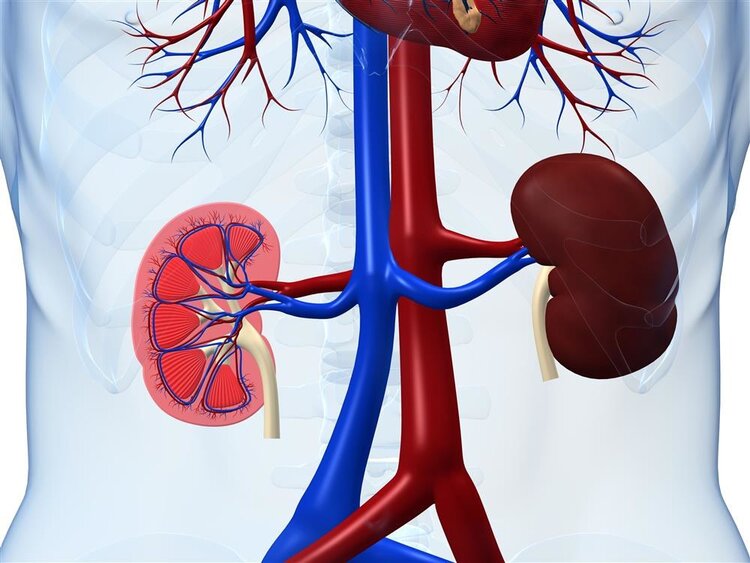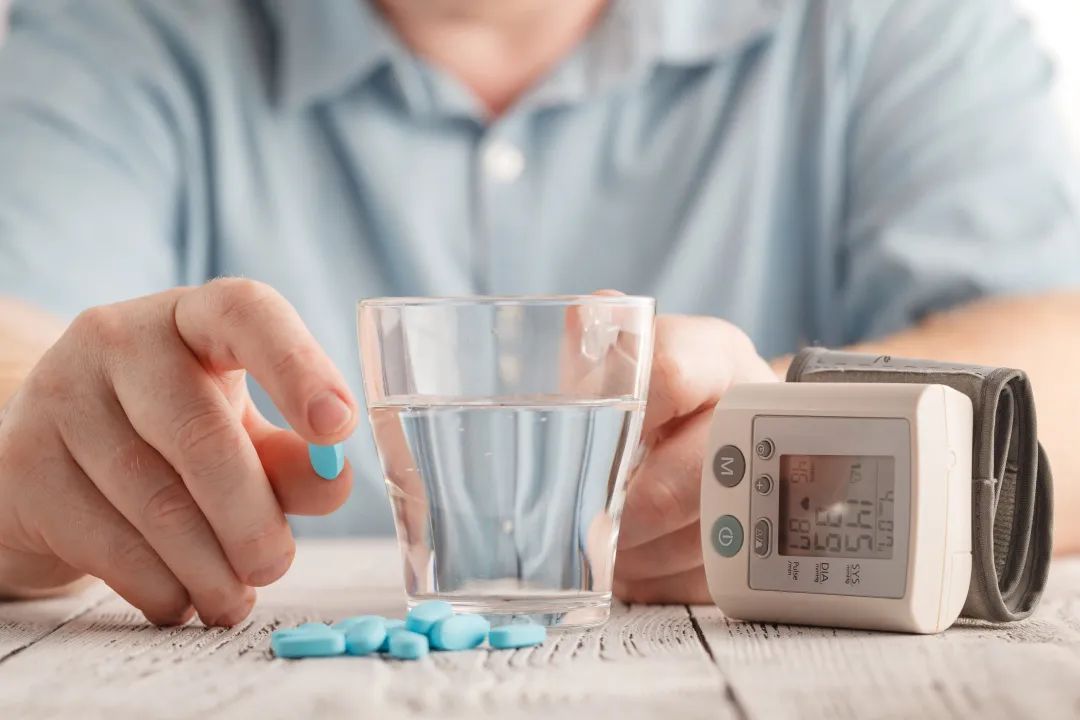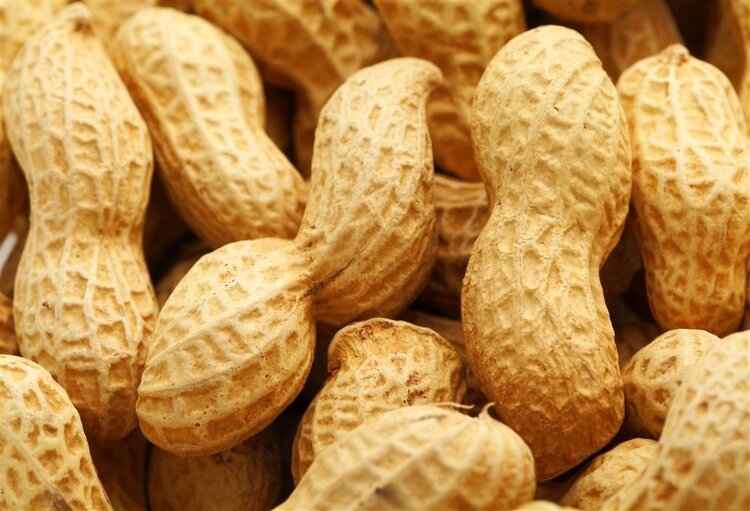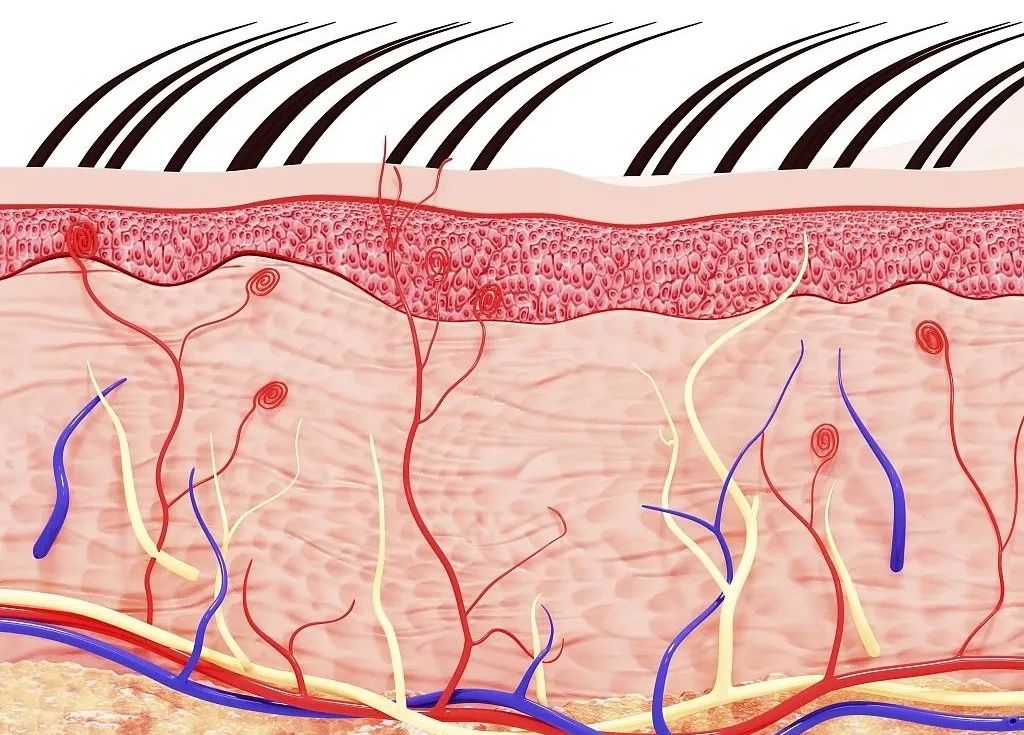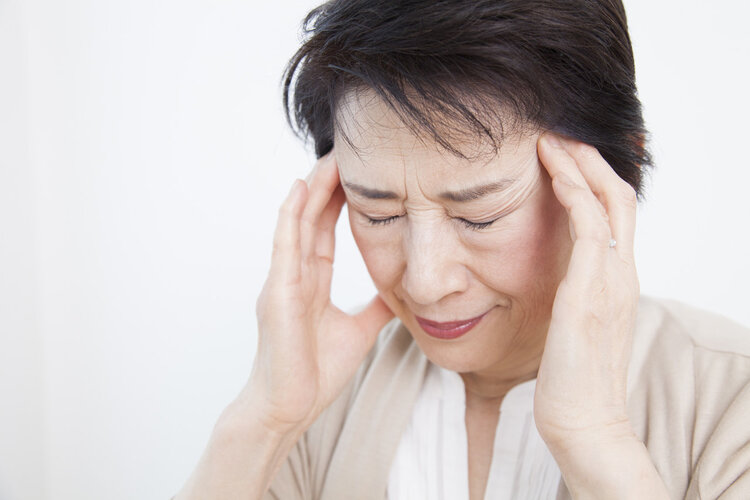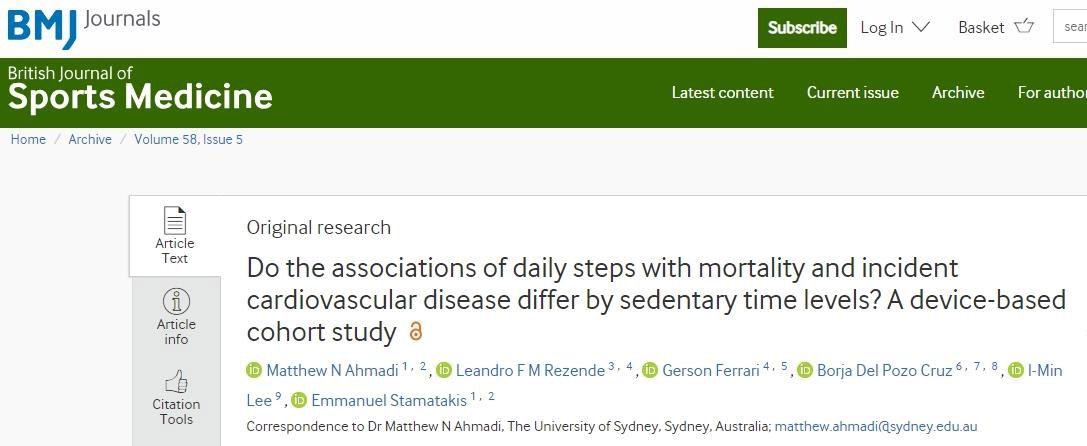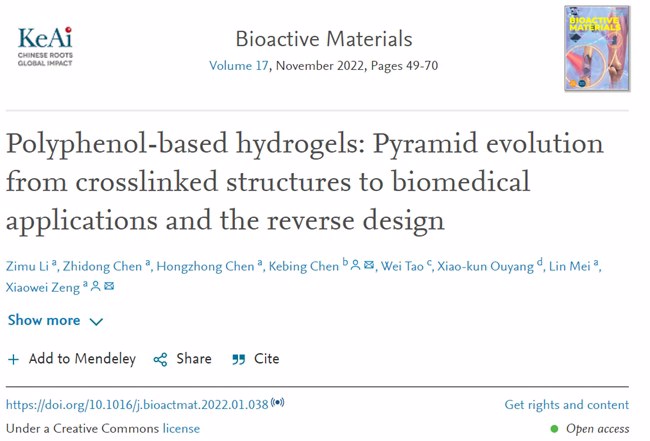
As a type of polymer semi-solid material with high water content and good biocompatibility, hydrogels have been studied in the biomedical field for over 40 years. Due to their similarity to human tissue, hydrogels were initially used as cell culture matrices and wound dressings. With the development and interdisciplinary integration of tissue engineering, biomedicine, materials science, and other fields, hydrogels have gradually been used for the repair and regeneration of tissues and organs, drug delivery, biosensing, and bioimaging, playing an increasingly important role in the biomedical field.
Polyphenolic compounds, which contain benzene rings and multiple phenolic hydroxyl groups, are widely distributed in various plants and marine organisms. It has been confirmed that polyphenolic compounds possess excellent antioxidant, antibacterial, antitumor, immunomodulatory, and anti-radiation properties, and they are also highly safe. In recent years, they have been widely used in pharmaceuticals, food, cosmetics, and other fields. Additionally, the catechol/trihydroxy groups in polyphenolic compounds can interact with many molecules to form various non-covalent bonds (hydrogen bonds, π-π interactions, cation-π interactions, etc.) or covalent bonds (Michael addition/Schiff base reaction, polyphenol-metal coordination, etc.). Introducing them into hydrogel systems can compensate for the properties that traditional hydrogels lack, such as adhesiveness and self-healing capabilities, thereby promoting their application in the biomedical field.

